Shropshire has the privilege of kicking off the county day season for 2025. Sunday 23rd February 2025 is Shropshire Day, a day to celebrate everything we love about this beautiful shire.
And there is much to love. The Shropshire Hills Area of Outstanding Natural Beauty, which covers much of the south of the county. The Wrekin, perhaps the most famous natural landmark in the county, all 1,335 feet of it. The Ironbridge Gorge UNESCO World Heritage Site. The River Severn, which courses through the heart of the county and curls around the stunning county town of Shrewsbury. The ancient towns of Bridgnorth, Oswestry, Ludlow and Church Stretton. Wem, once the site of 50 pubs, still offering those needing refreshment plenty of choice! The new town of Telford. The Long Mynd. The Clun Forest. Wenlock Edge. And much, much more.
In celebration we offer here our Seven Wonders of Shropshire. What would be your choices?
1. The Wrekin
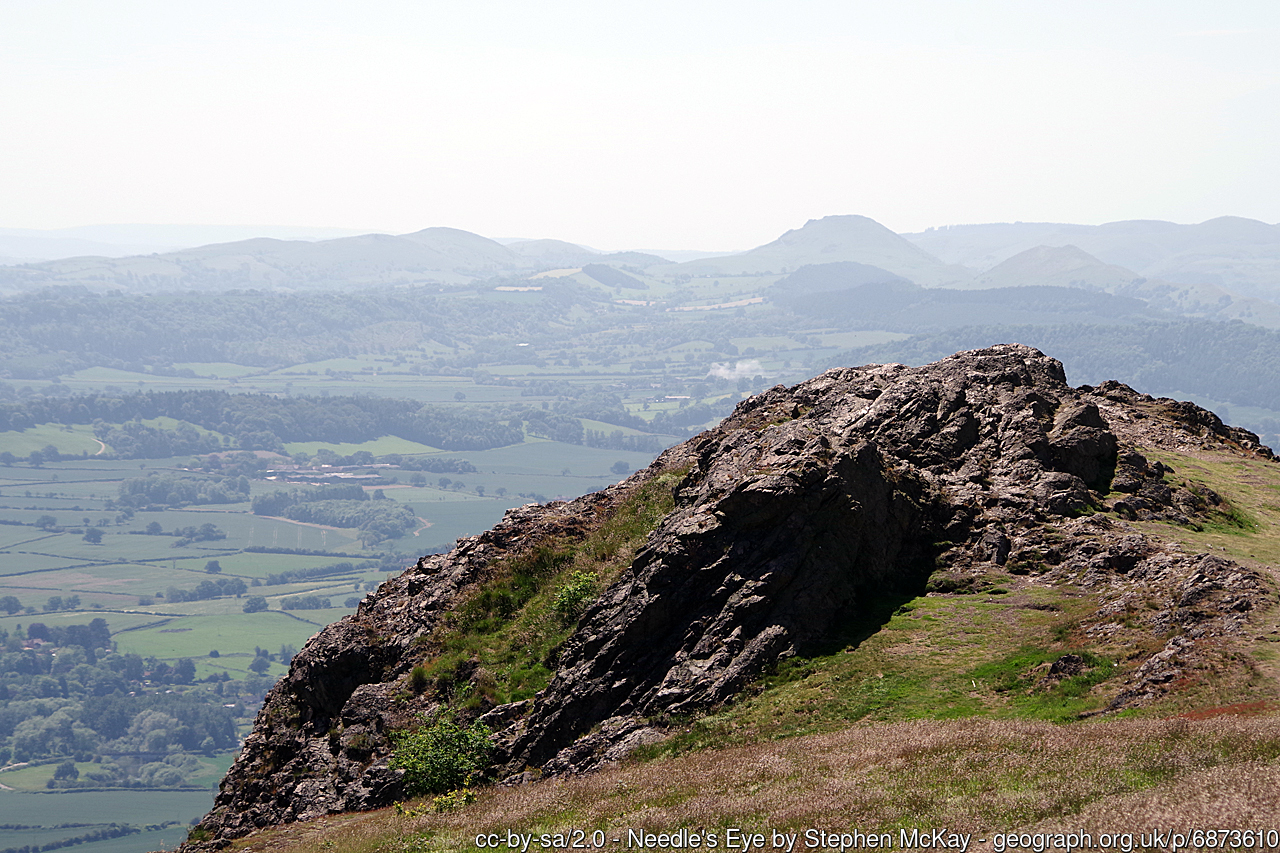
Can a county really have a single symbol? If Shropshire has one, it is the Wrekin. A mile or so west of Telford, the Wrekin is a lone, massive hill dominating the landscape and imagination and which has given a name since immemorial time to the area; Roman Viroconium, Saxon Wrocensæt, Wroxeter and Wrockwardine, and a contemporary administrative district. The Iron Age hillfort on the summit is thought have been the capital of the Cornovii tribe. In AD 47 Roman invaders stormed the fort and set fire to it, moving the subdued tribe on to Wroxoter (Viroconium Cornoviorum).
2. Wroxeter
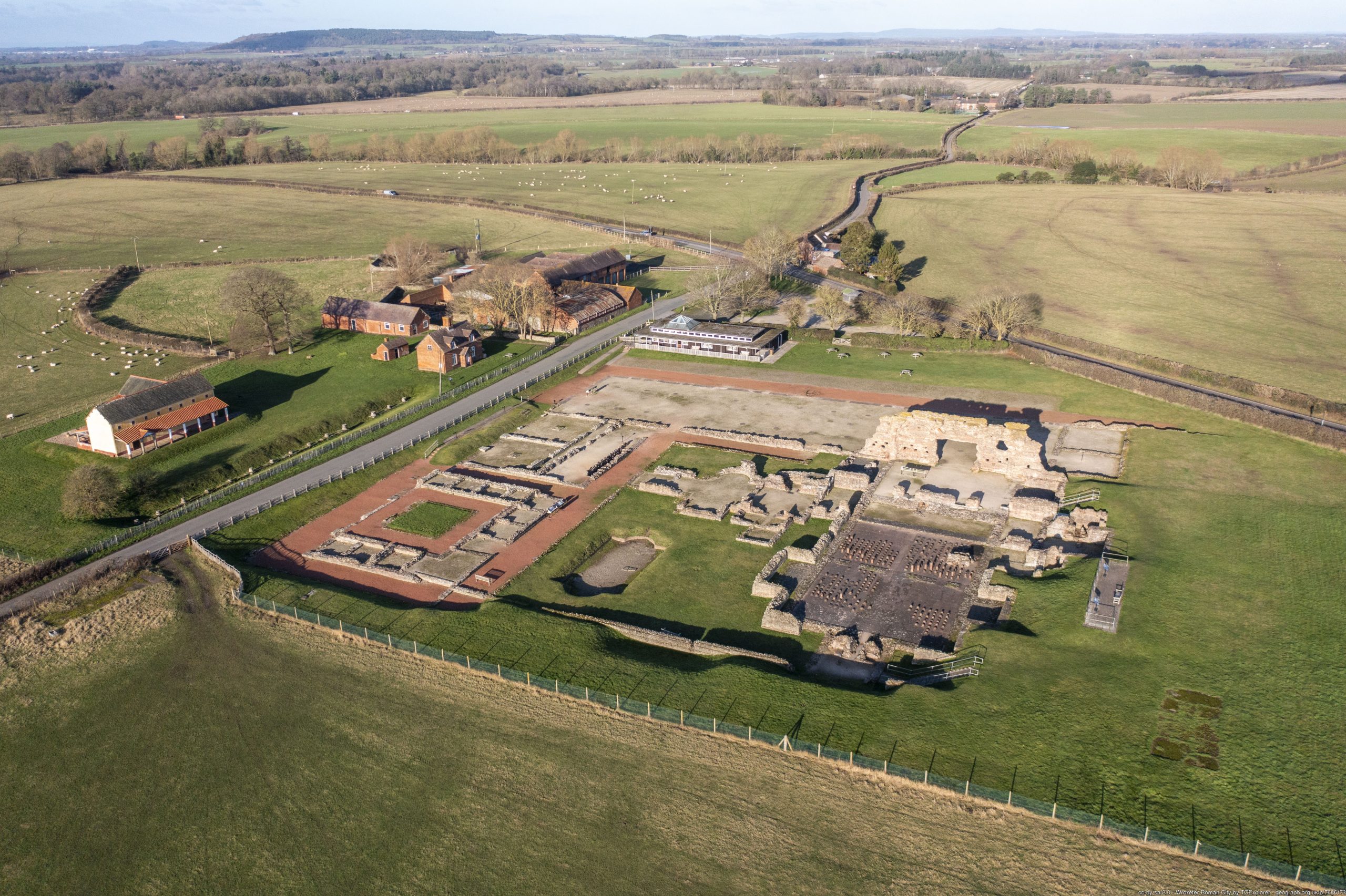
The 1st-century Roman legionary fortress at Wroxeter (Viroconium Cornoviorum), south-east of Shrewsbury, was one of the largest towns in Roman Britain. The term “Cornoviorum” distinguishes the site as the Viroconium “of the Cornovii”. The substantial visible remains of the city, comprising the baths and basilica, is a small part of the whole city, most of which lies unexcavated under pasture land.
3. Offa’s Dyke
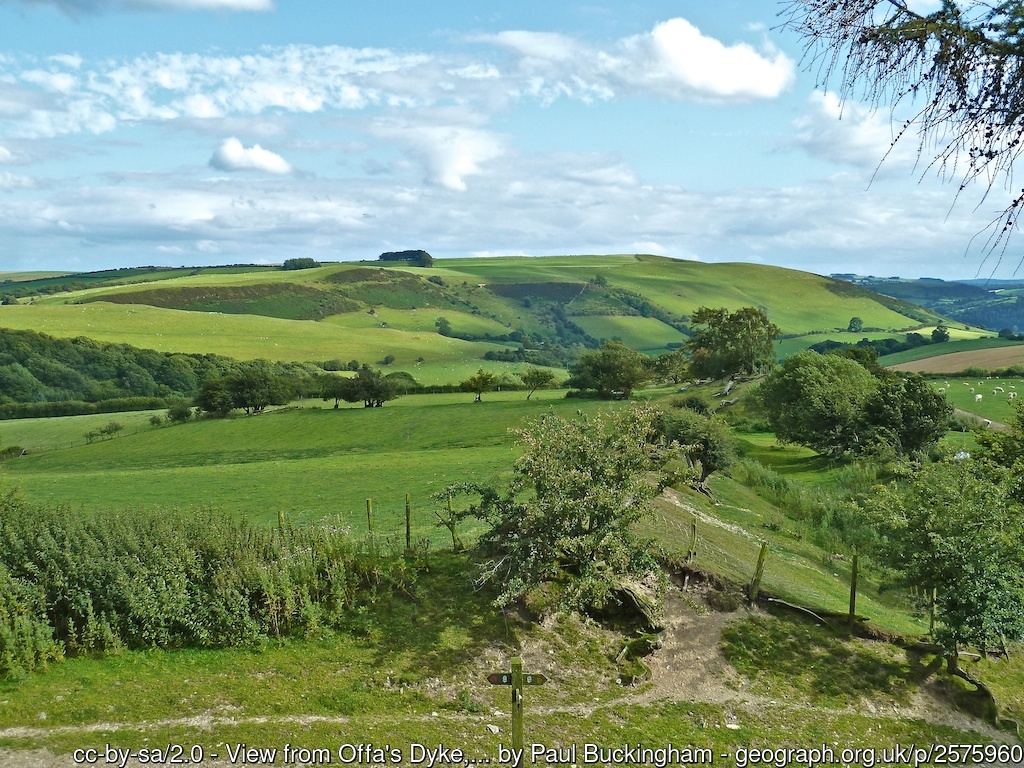
The county’s position on the boundary between England and Wales has shaped its history. A lasting testament to this is Offa’s Dyke a linear earthwork that runs across the far west of the county. The dyke is named after Offa, the Anglo-Saxon king of Mercia from 757-796 AD, who is traditionally believed to have ordered its construction. Its origins and exact purpose are often debated, though it certainly delineated the border between Mercia and the Welsh Kingdom of Powys. The earthwork, up to 65 feet wide and 8 feet high, traverses low ground, hills and rivers, a reminder of how far back in time our sense of place and identity stretches.
4. St Milburga’s Priory, Much Wenlock
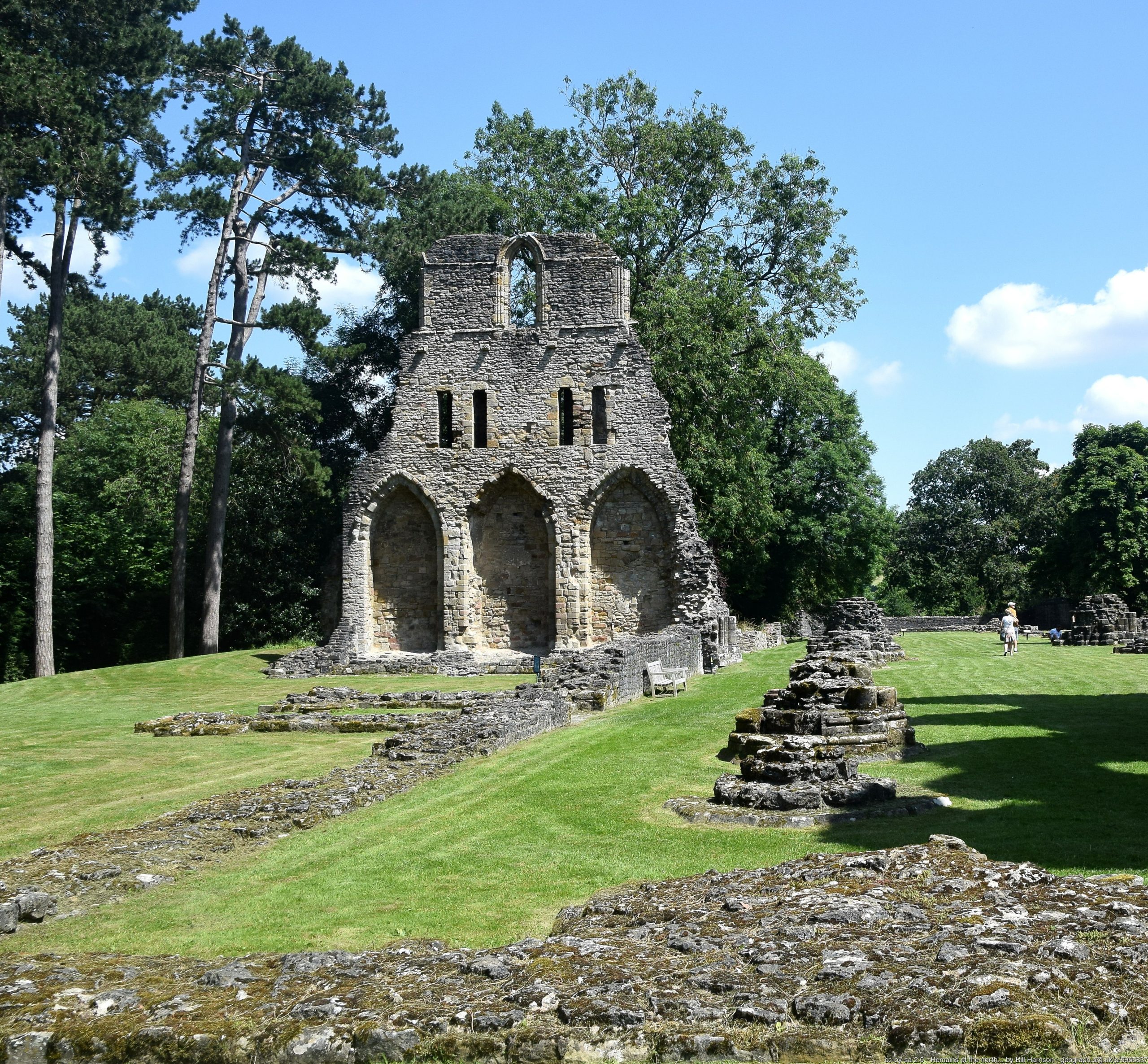
The ruins of St Milburga’s Priory at Much Wenlock vie with The Wrekin as the spiritual heart of the county. Shropshire Day is celebrated on 23rd February every year since this is the feast day of St Milburga, the patron saint of Shropshire. Merewalh, King of the Magonsaete, founded the original Anglo-Saxon monastery here circa 680. Merewalh’s daughter Milburga became its second abbess. She was endowed with the gift of healing and restored sight to the blind and said to have had a mysterious power over bird. The monastery itself was re-founded by Roger de Montgomery as a Cluniac house between 1079 and 1082. In 1101, repairs were being made to the Holy Trinity Church, and bones were found under the floor. These were believed to be those of Saint Milburga, and were transferred to the main monastery church where they become an item of veneration and pilgrimage. The monastery fell into ruin after the Dissolution and knowledge of the whereabouts of St Milburga’s bones lost to time.
5. Langley Chapel
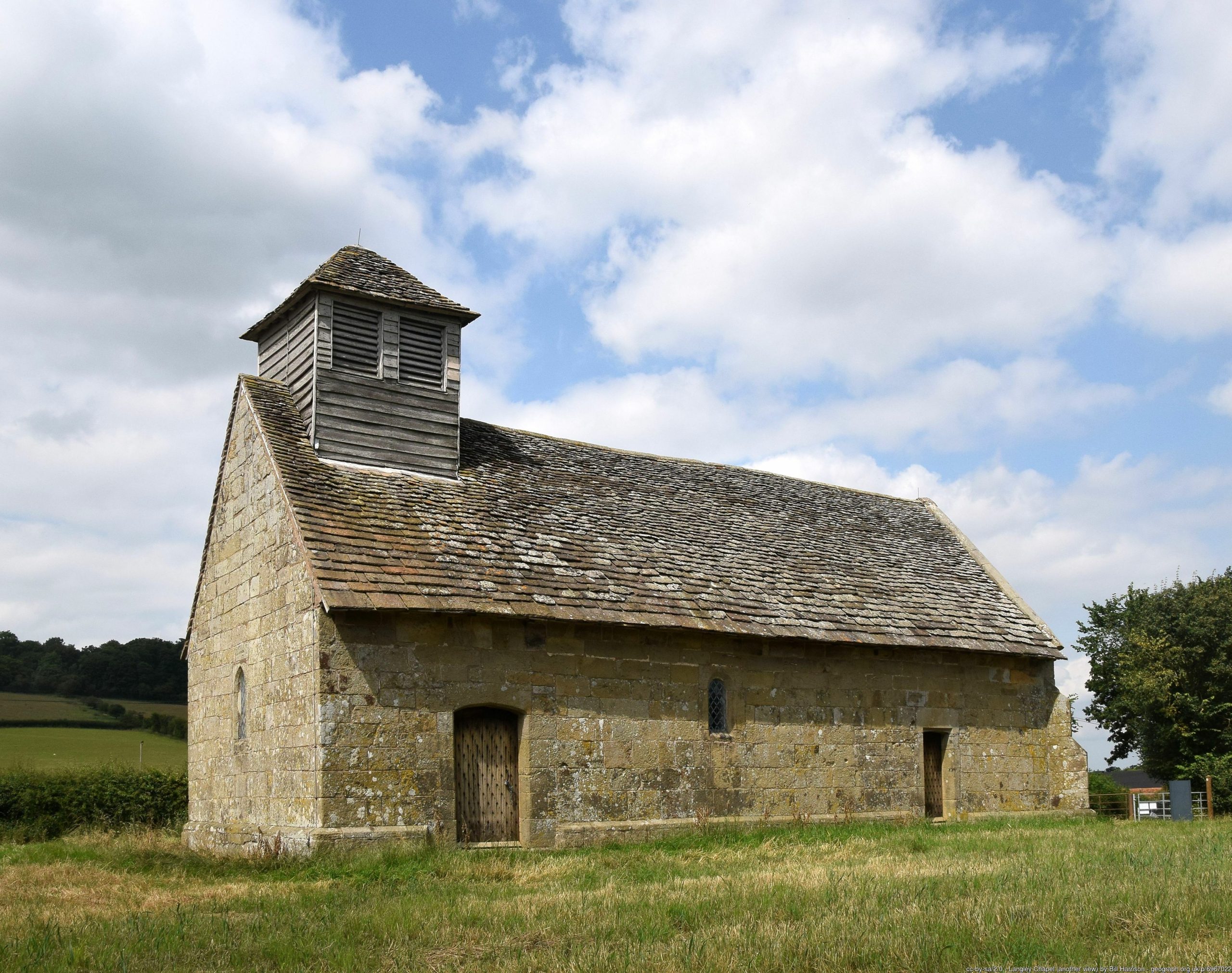
Standing alone in the fields near Ruckley is an often-overlooked Shropshire gem, Langley Chapel. Built in 1601 on the site of an earlier mediæval chapel, it provided worship for the nearby Langley Hall, whose ruins are contained within a nearby farm. It is notable for having a complete set of original 17th-century wooden furniture. In 1914, it became one of the first buildings to be taken into the care of the state, the Ministry of Works. The fact it was abandoned meant it escaped modernisation and remains a rare time capsule of the 17th century.
6. Royal Oak, Boscobel House
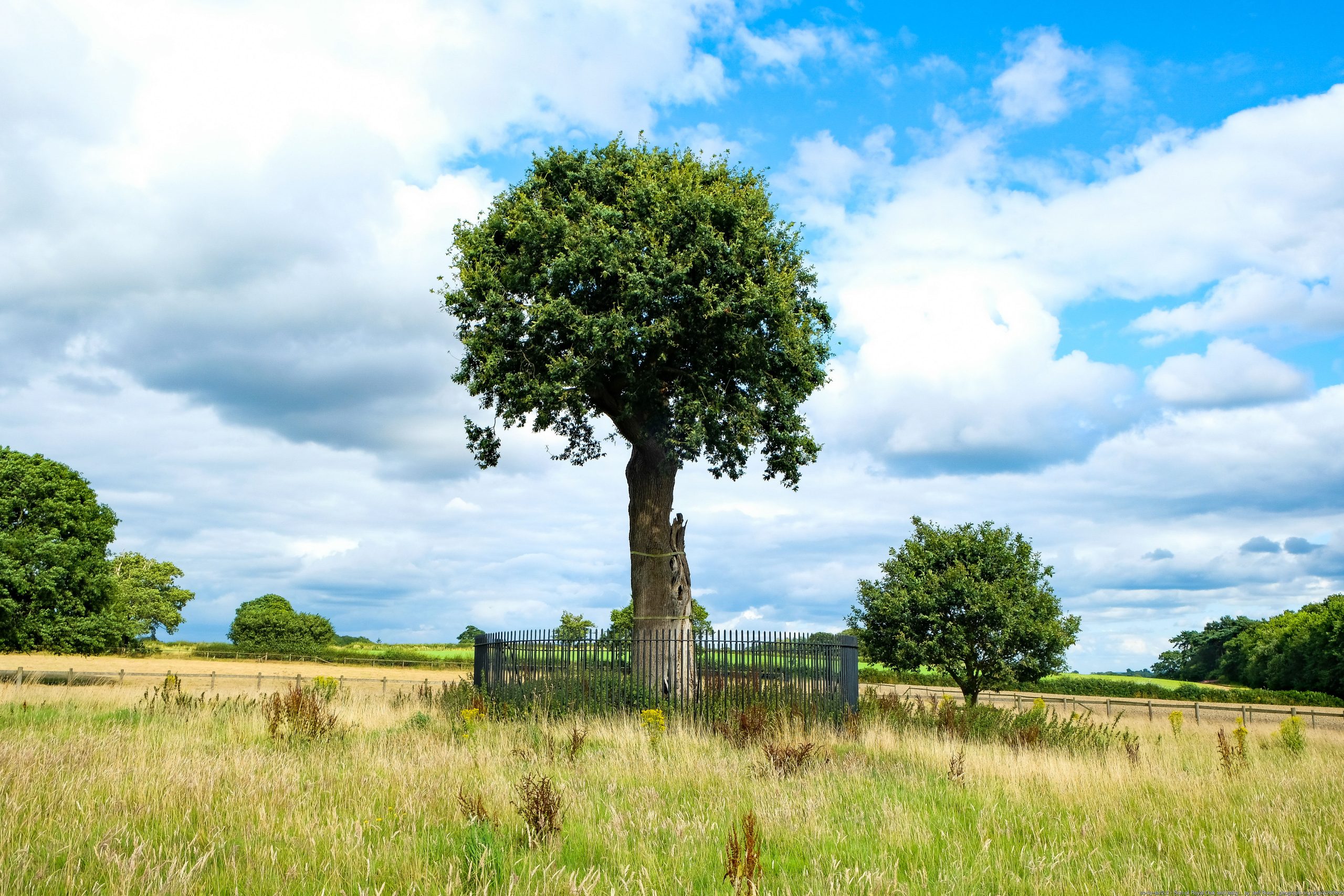
Is there an Englishman who doesn’t know the story of the future Charles II’s dramatic escape from the Roundheads following the Battle of Worcester? Among his many adventures was a day spent hiding in an oak tree in the parklands of Boscobel House. Sometimes the fate of a nation hangs by the thinnest of threads. The tree standing on the site today is not the original Royal Oak. That met an unfortunate demise in the 18th century after the effects of tourists cutting off branches and chunks as souvenirs. The present day tree is believed to be a two or three hundred year-old descendant of the original and is thus known as ‘Son of Royal Oak’.
7. The Iron Bridge
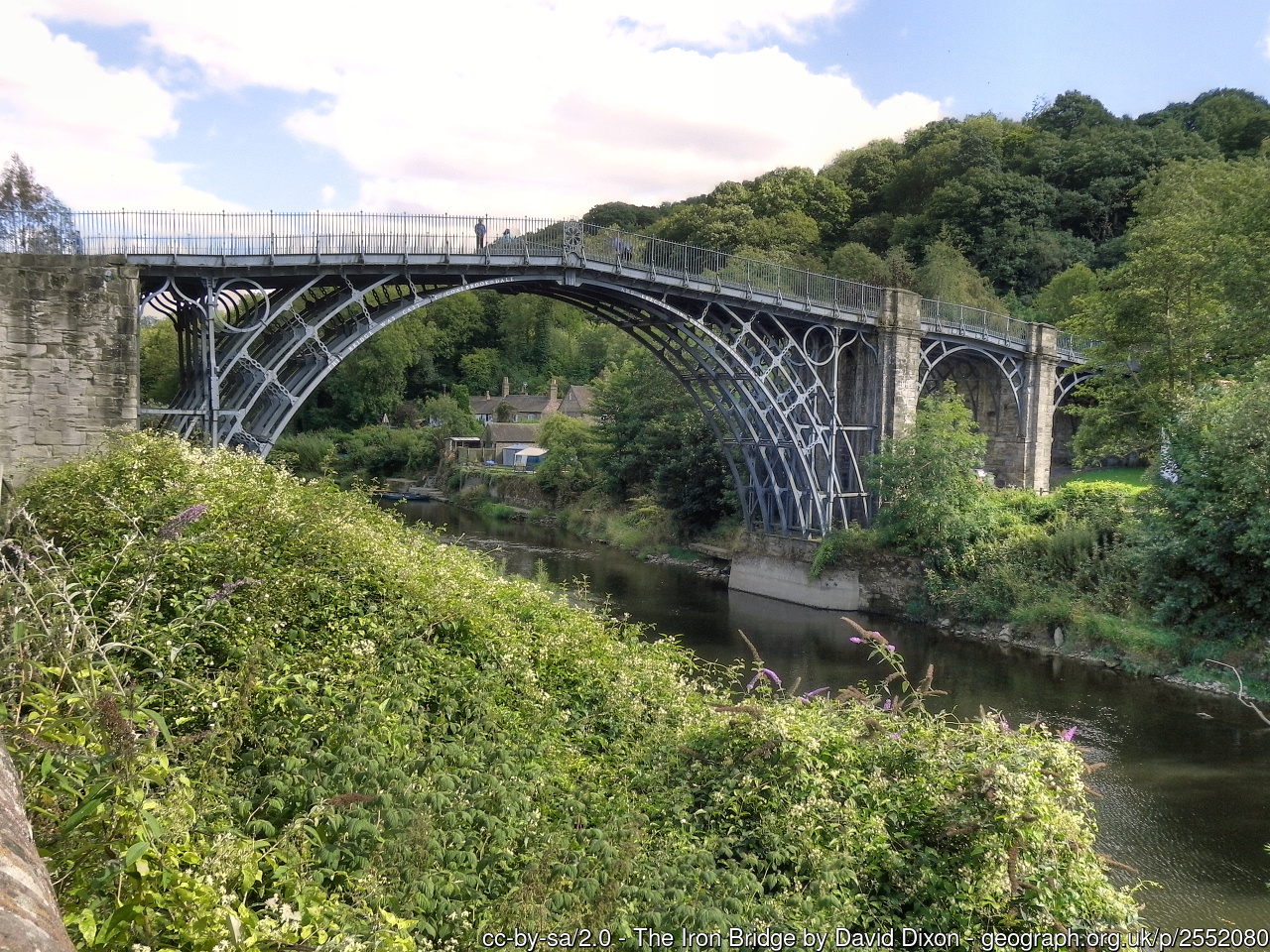
Although Shropshire is still principally an agricultural county, the Iron Bridge across the Severn Gorge remains us that Shropshire has its place in the history of the Industrial Revolution too. Abraham Darby came to Coalbrookdale in the early 18th-century and developed his method of smelting ironstone with coke. Shropshire became the greatest iron-producing area in England. The bridge itself, erected in 1779, was the world’s first major cast-iron bridge. Its success inspired the widespread use of cast iron as a structural material.
Well, that’s our Seven Wonders of Shropshire. Our full Portrait of Shropshire can be found in the Gazetteer of British Place Names. Let us know what you would have as your top seven sites in Shropshire 🙂
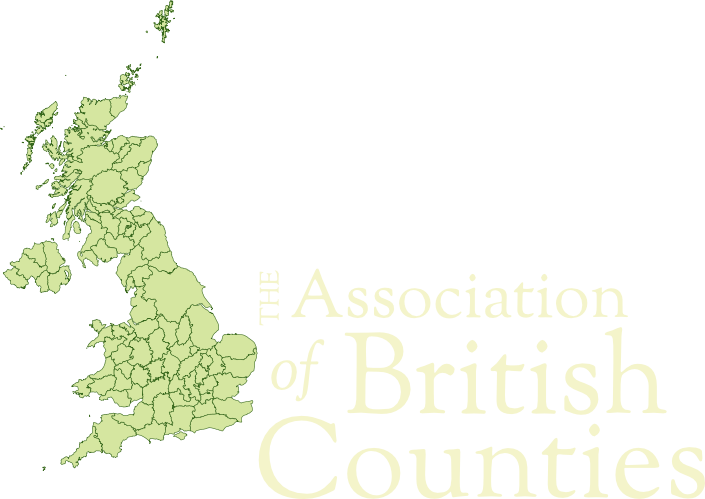
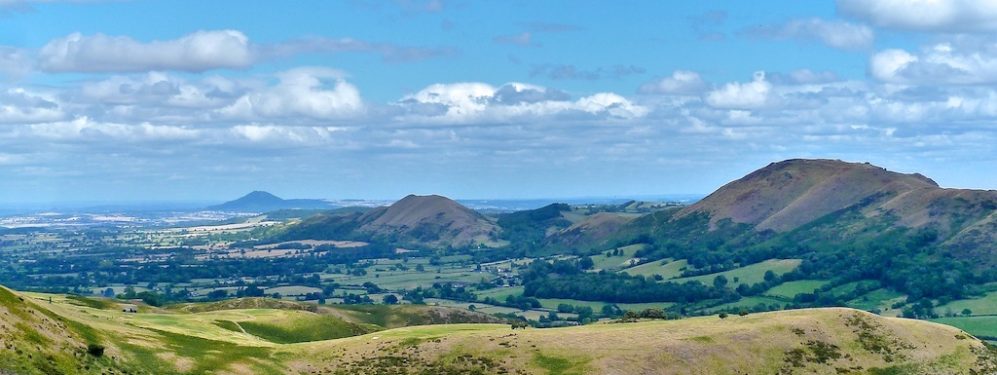
One thought on “Shropshire Day: Severn Wonders of Shropshire”
I would think that less than half of people aged between 16 an 26 would have a clue about Charles the second hiding up a tree to escape .
I do not think that the Civil War gets much mention in school history lessons .